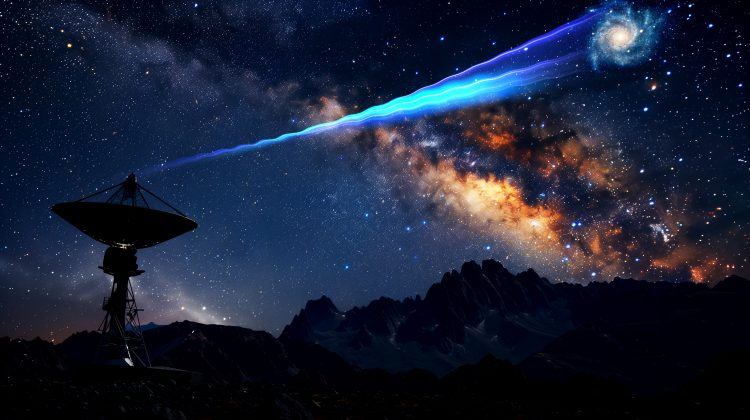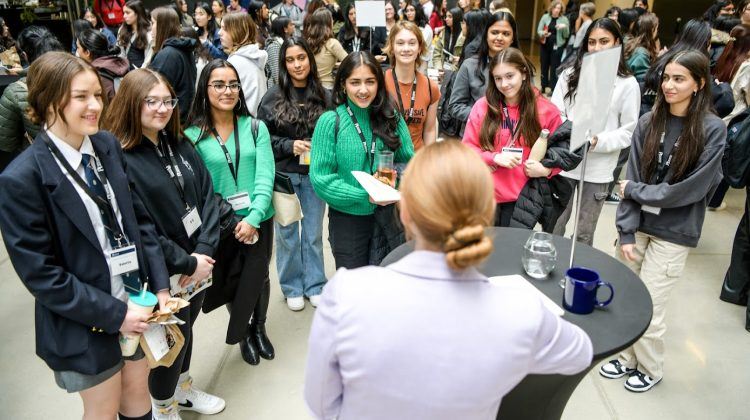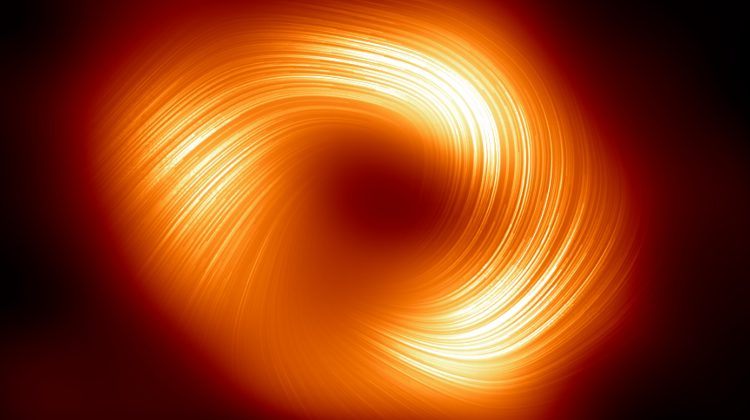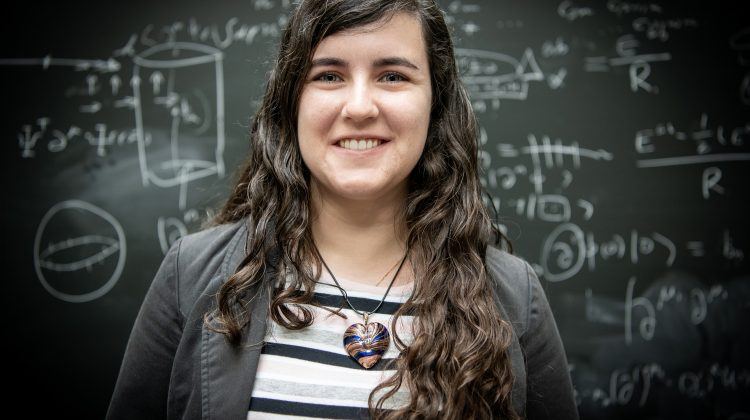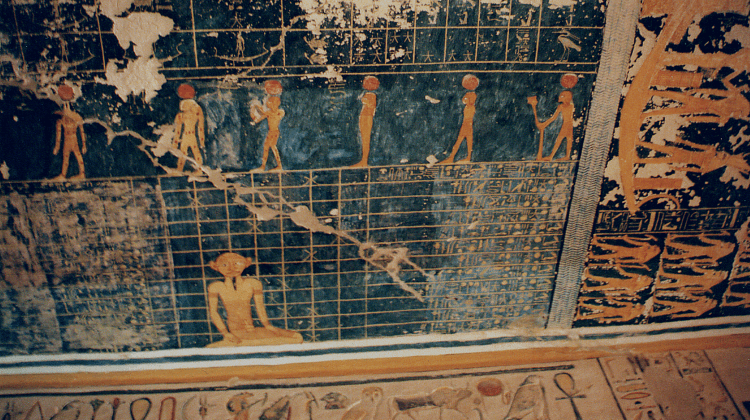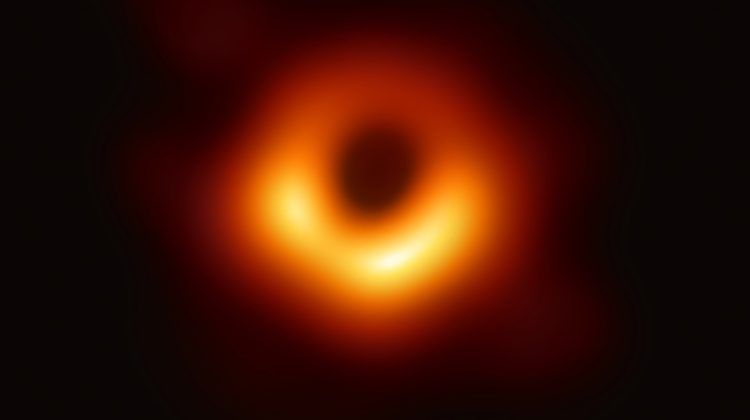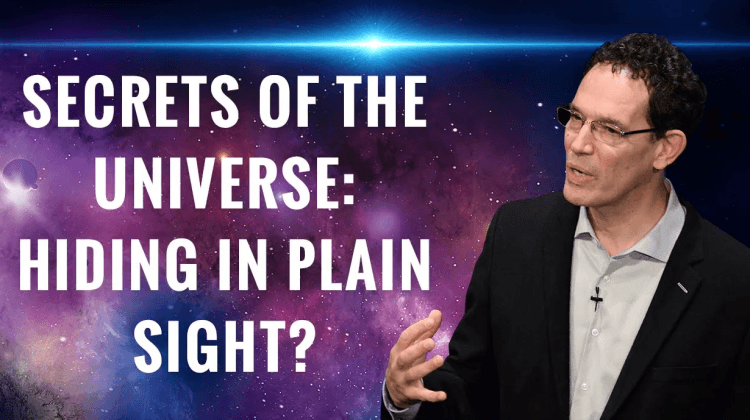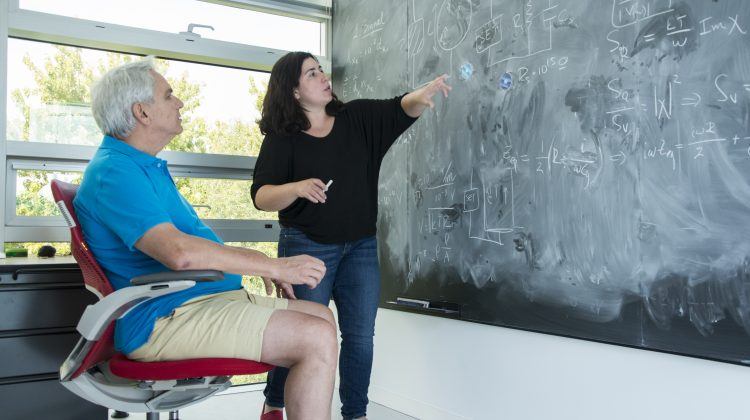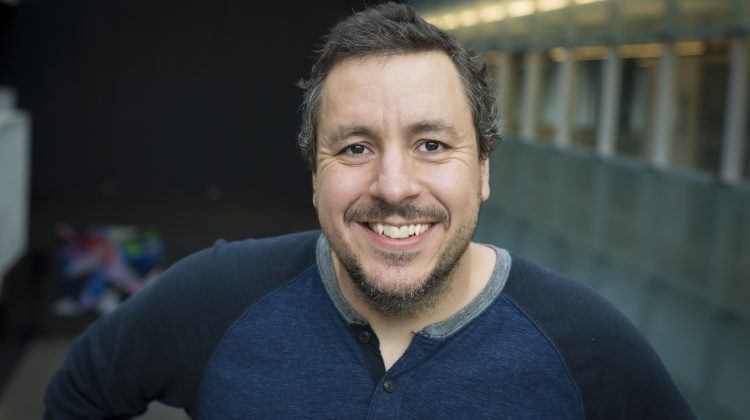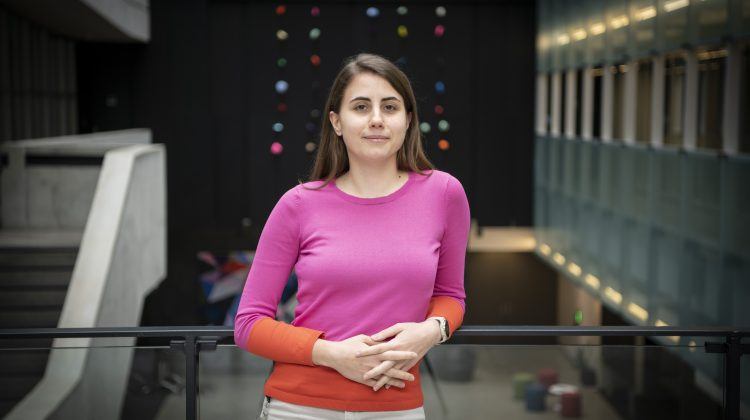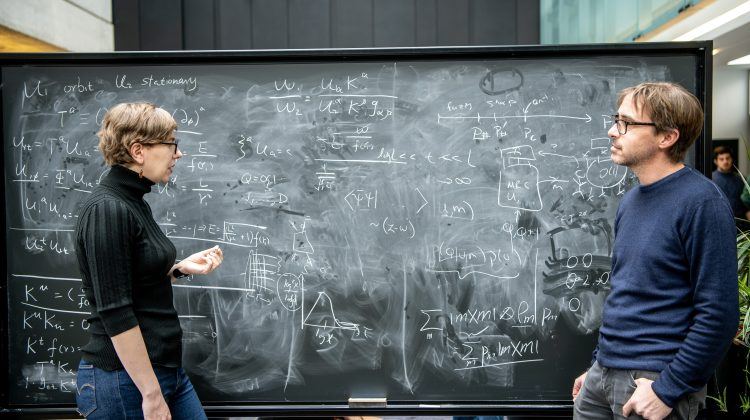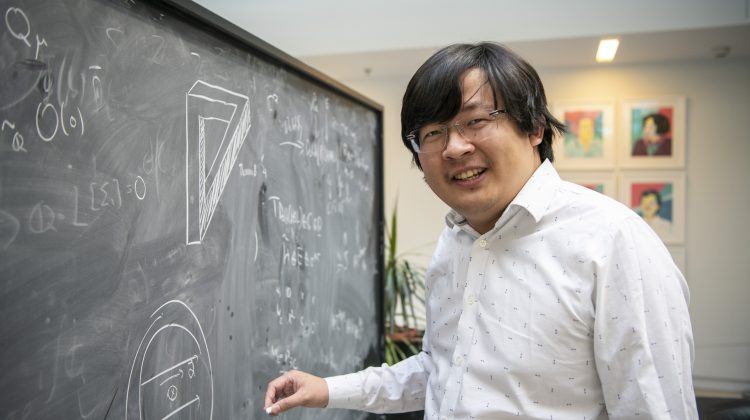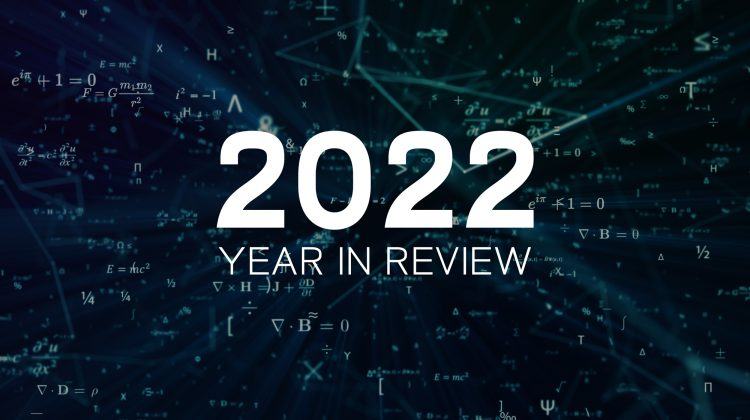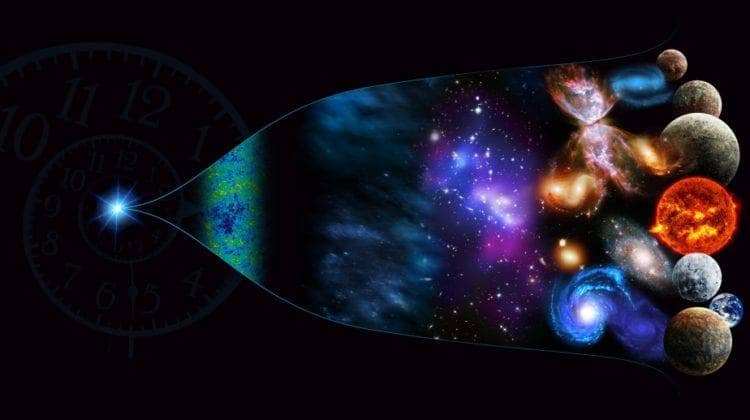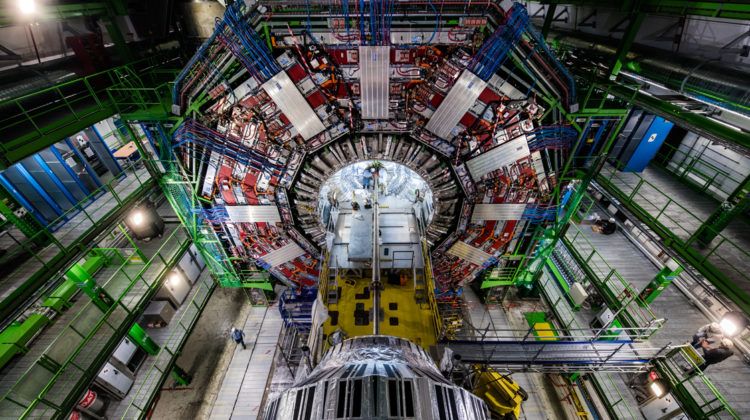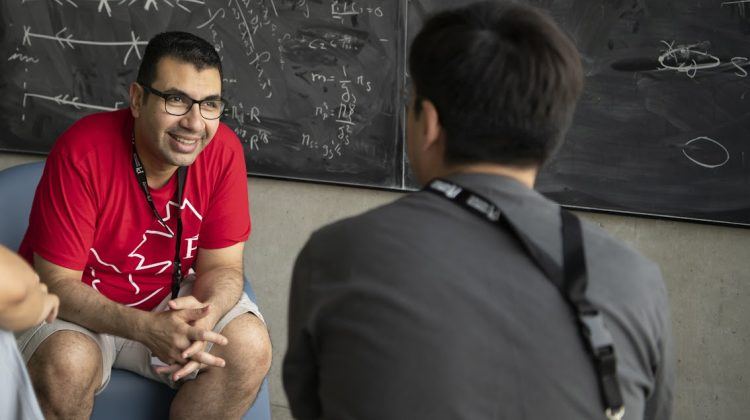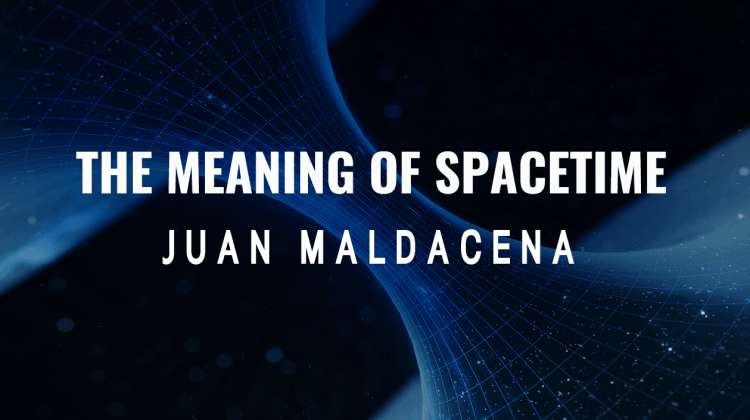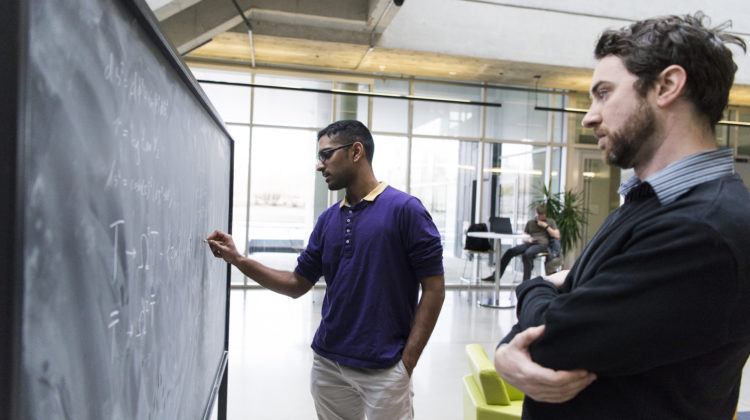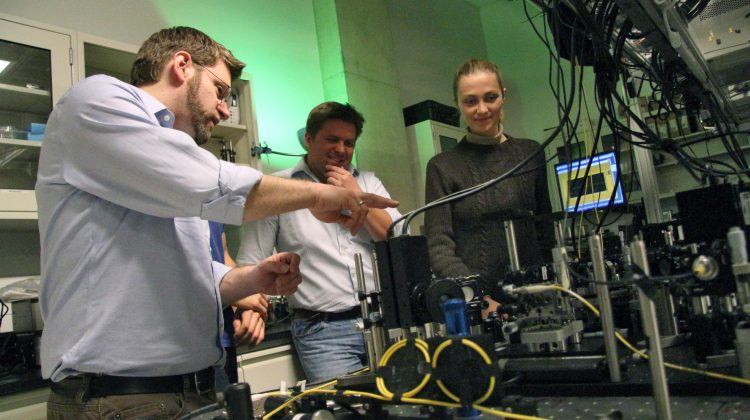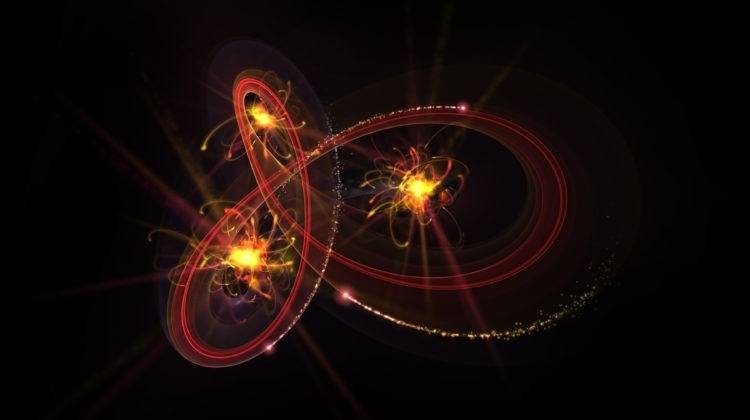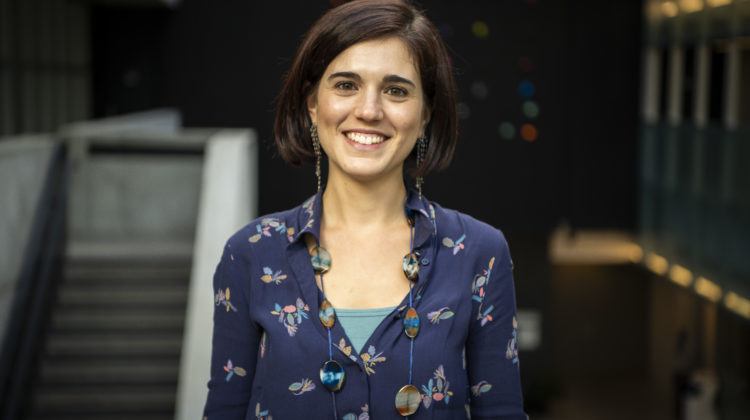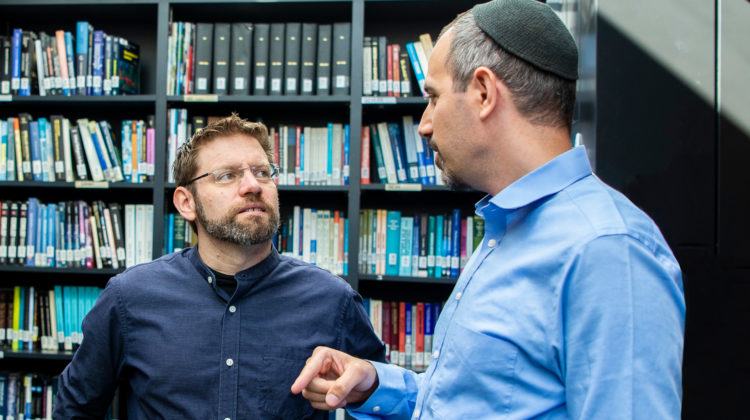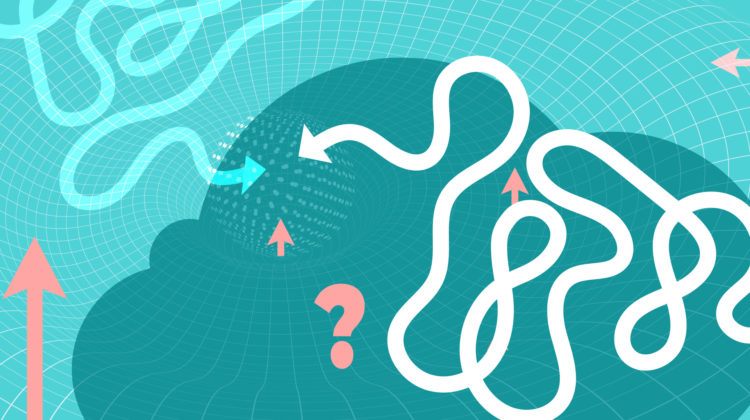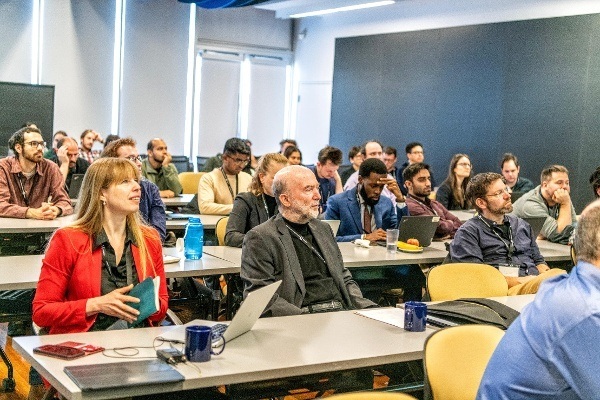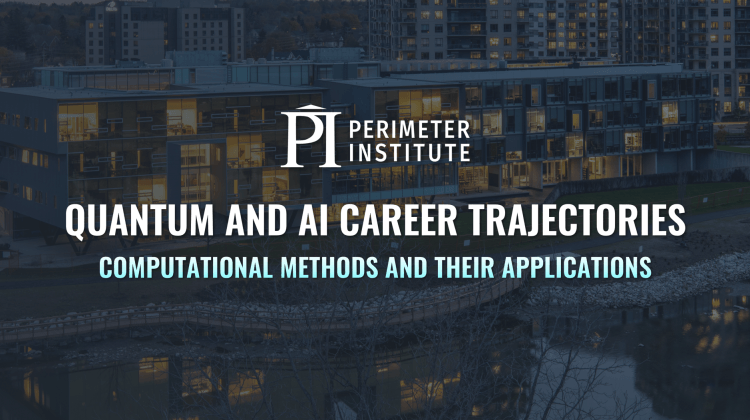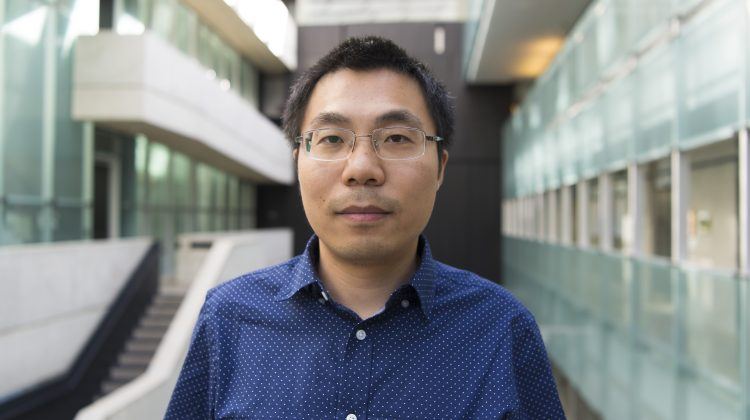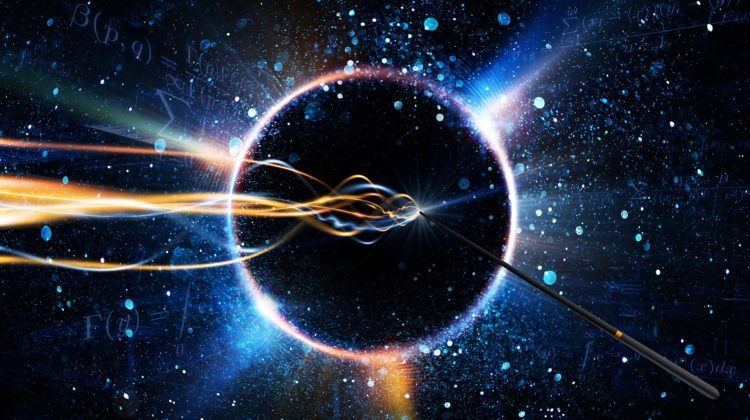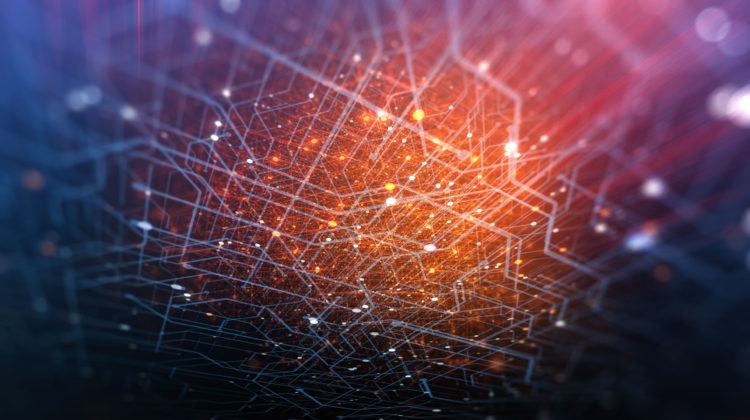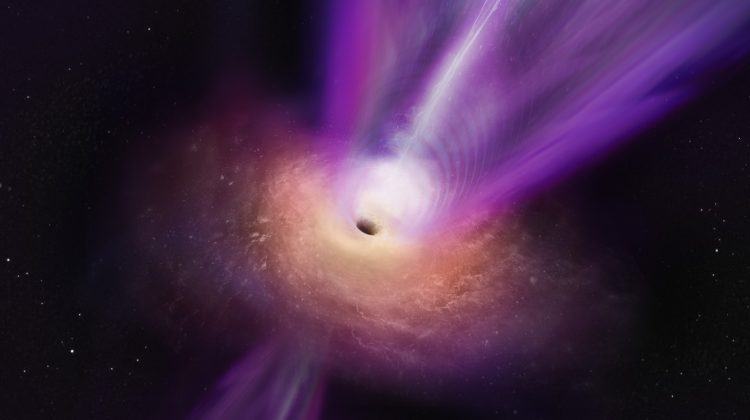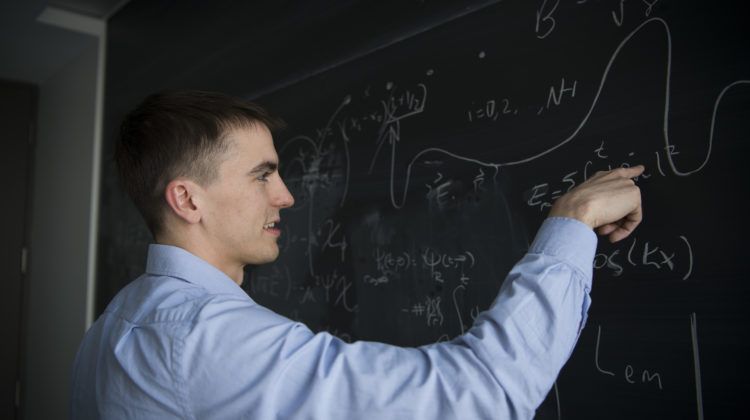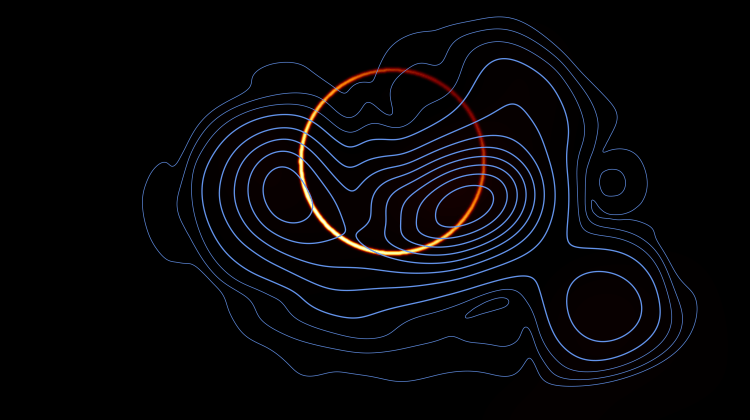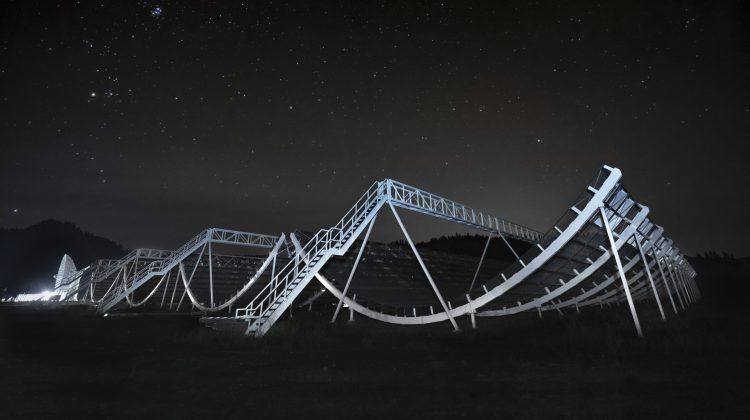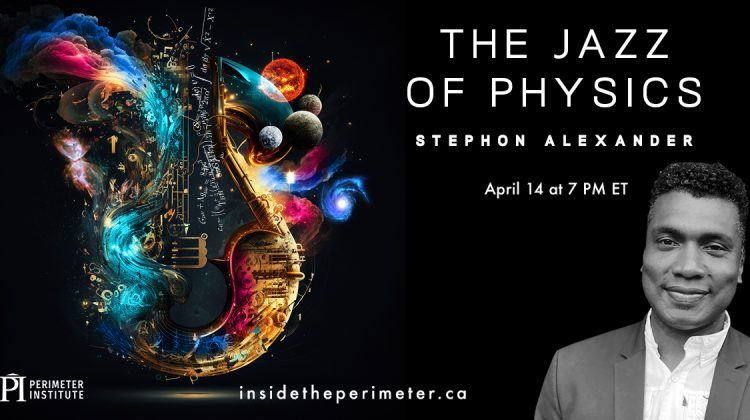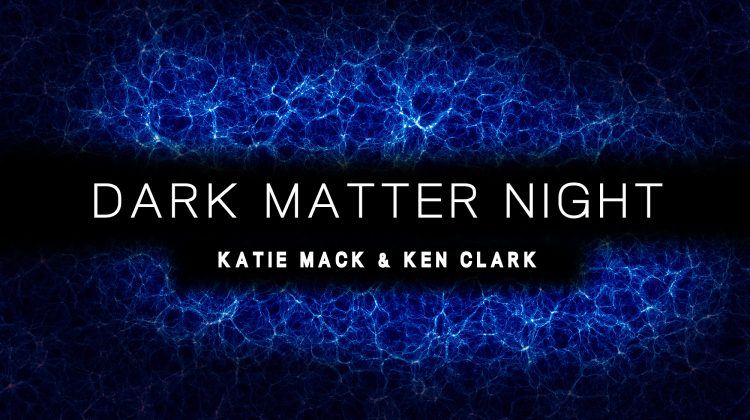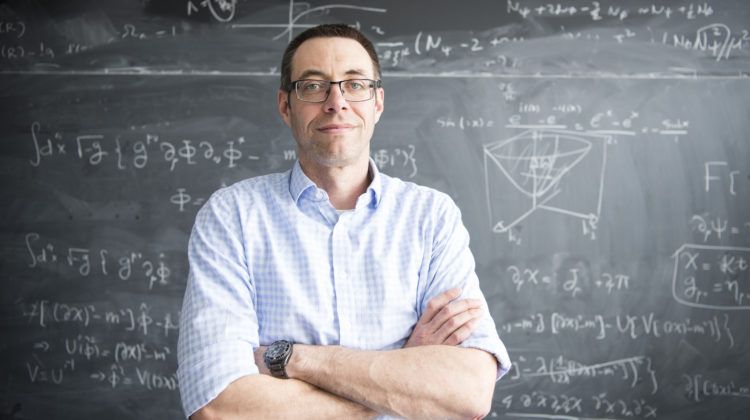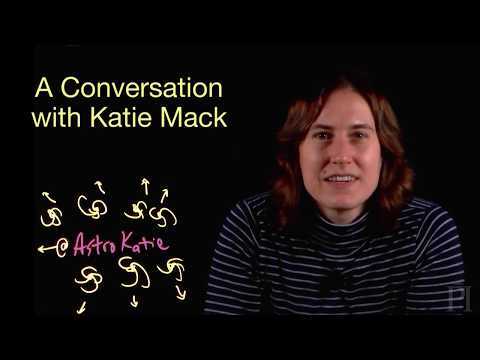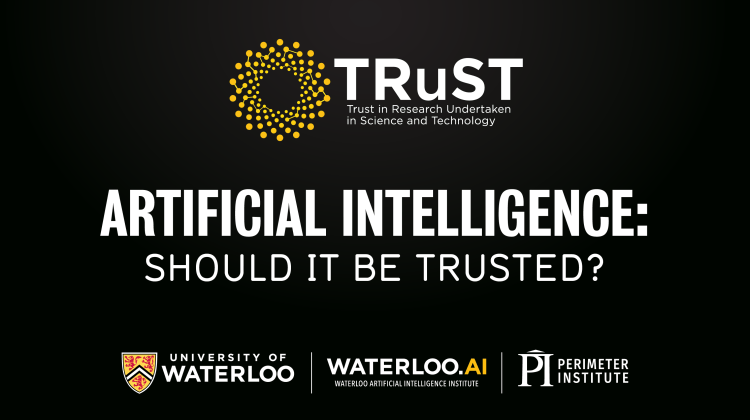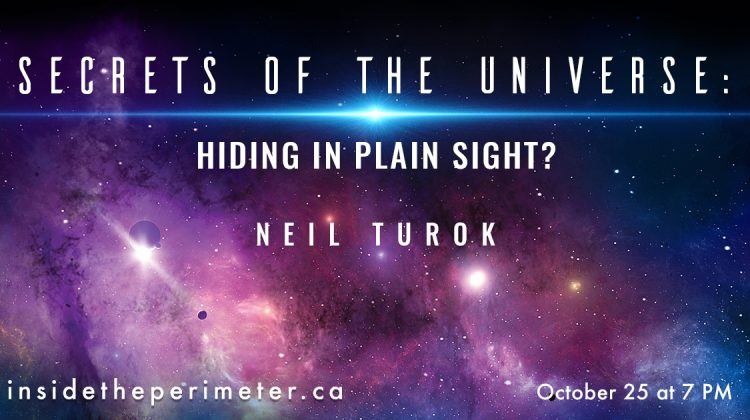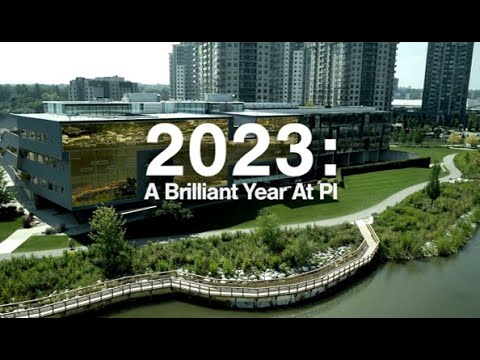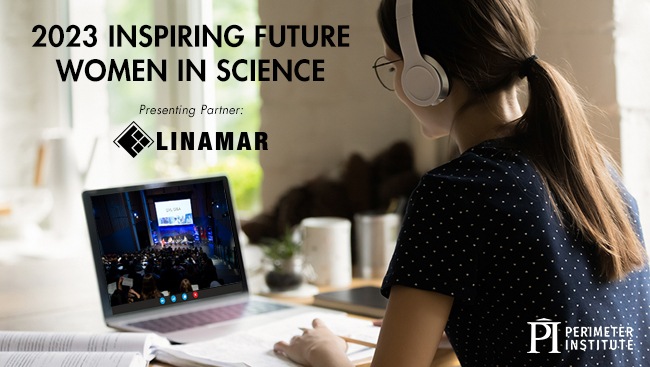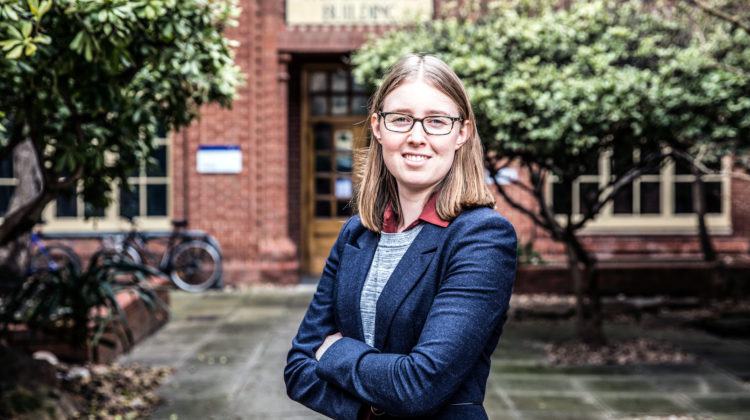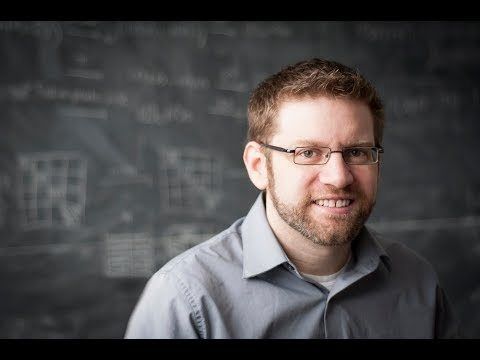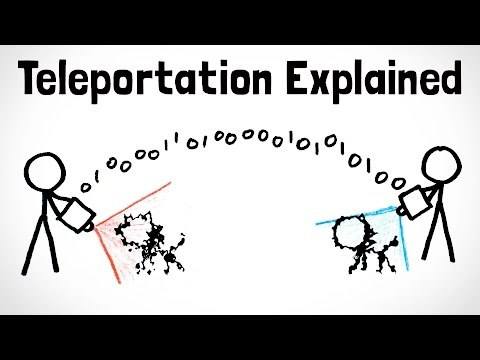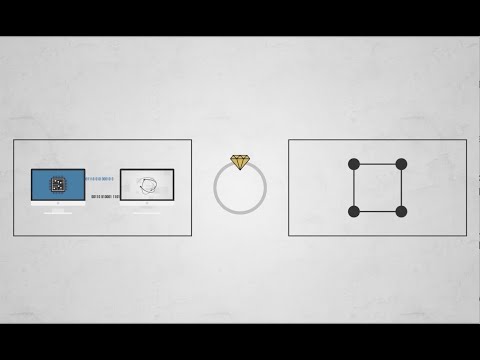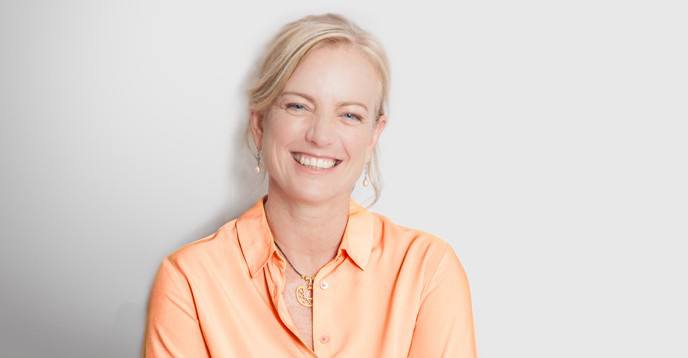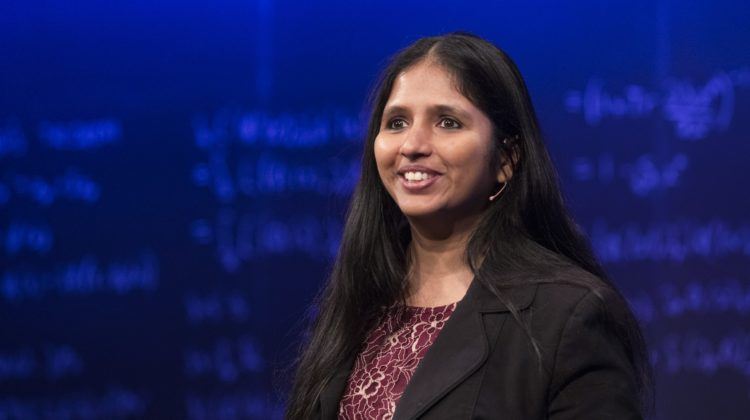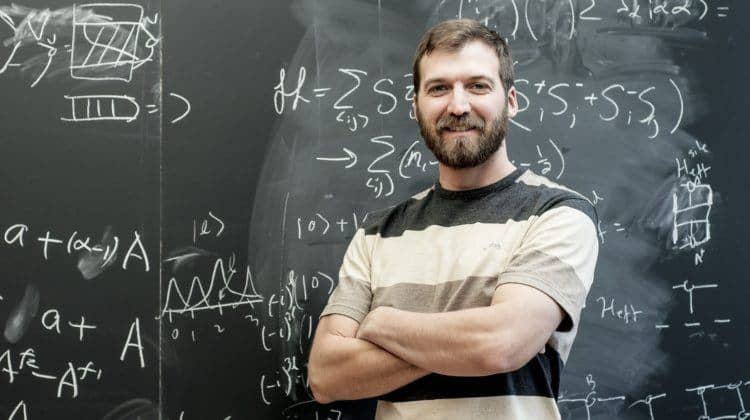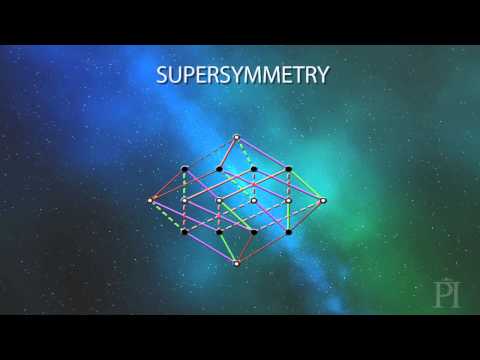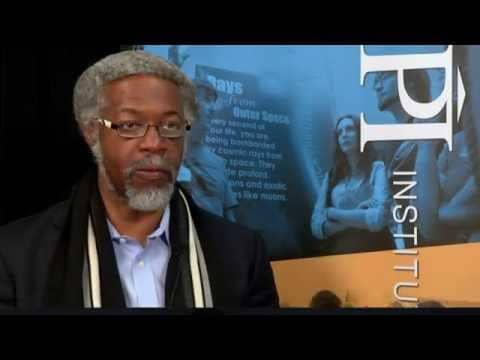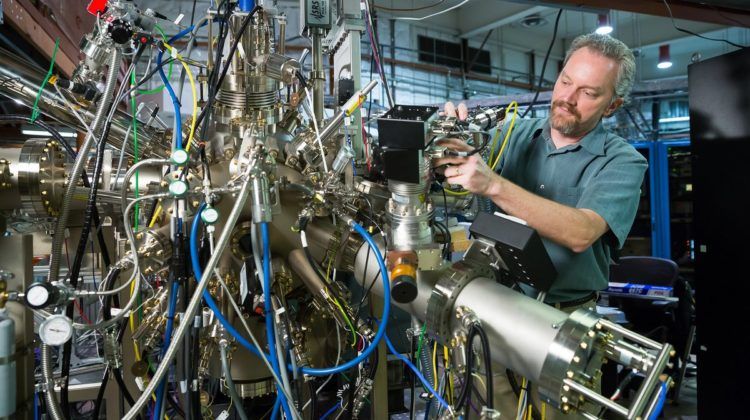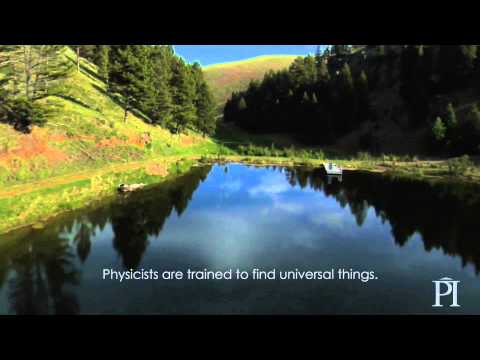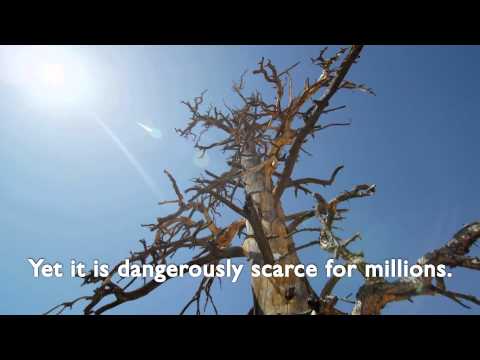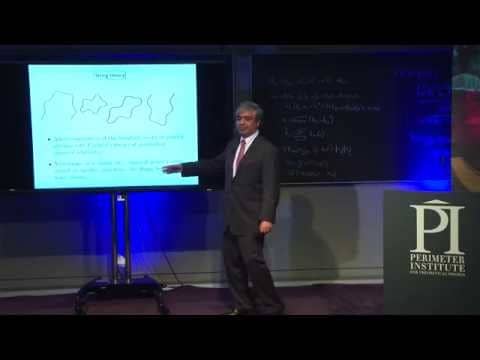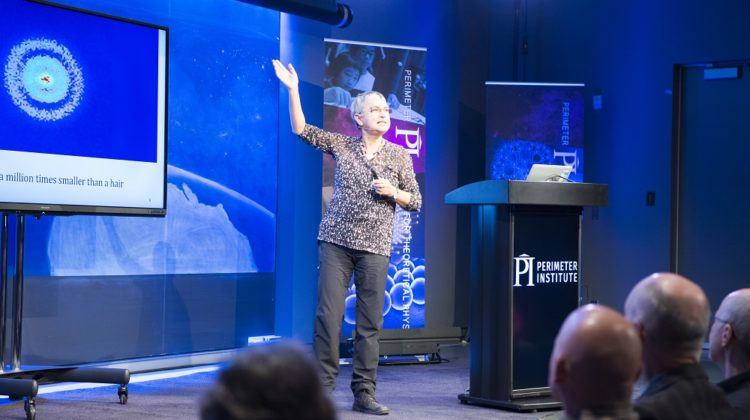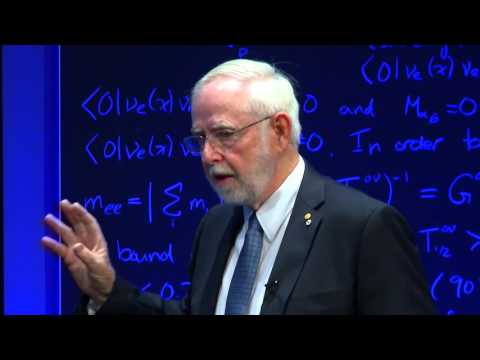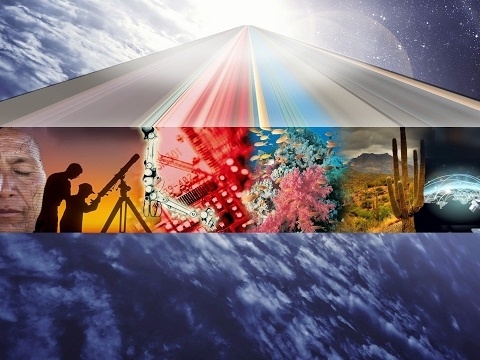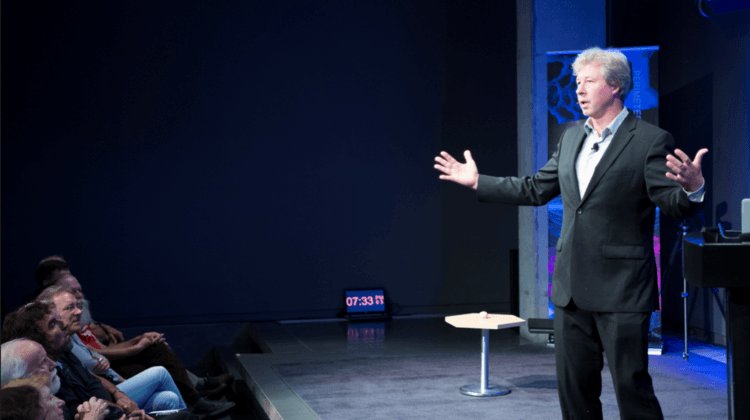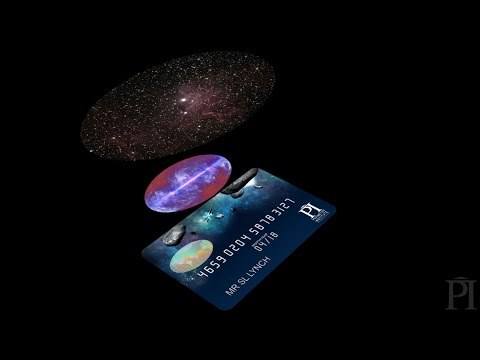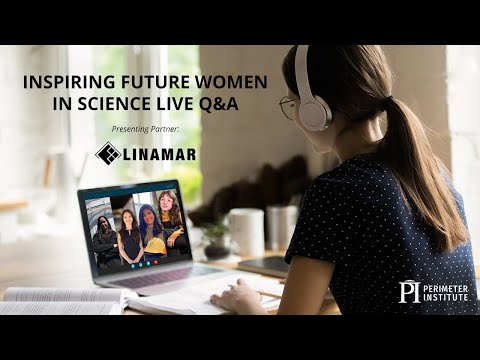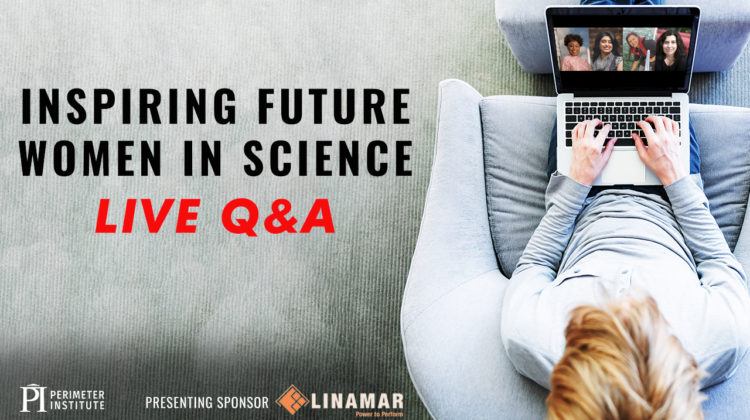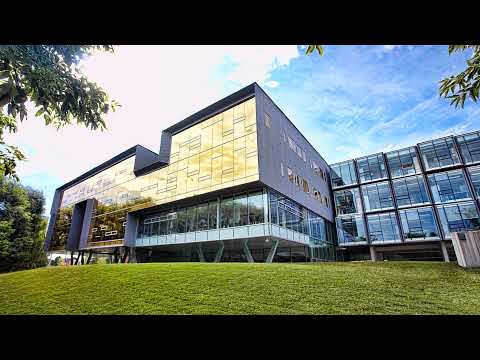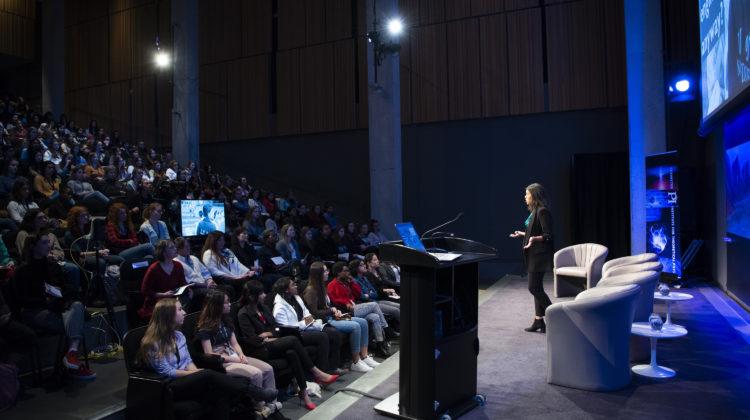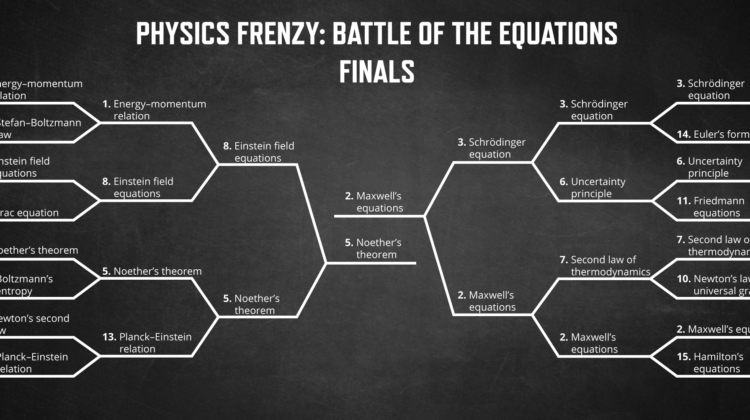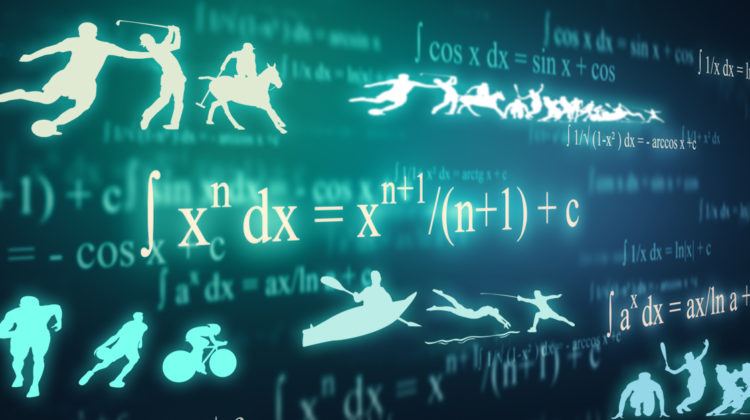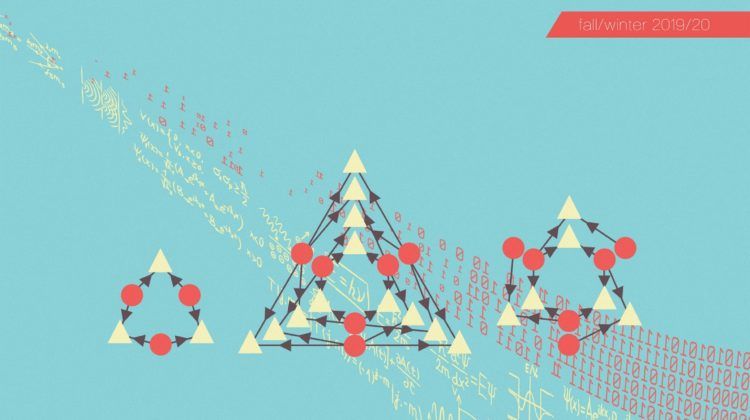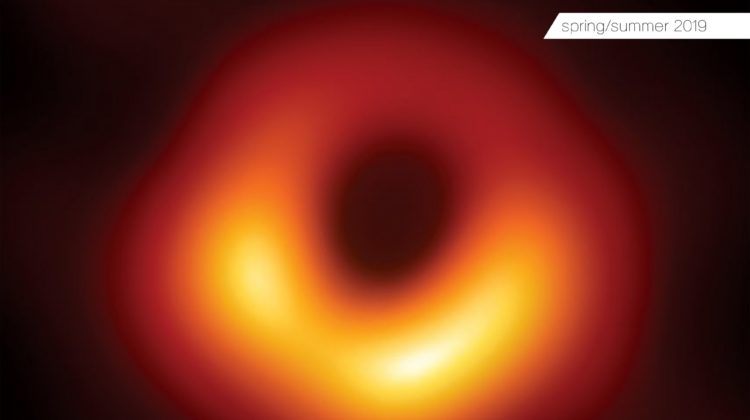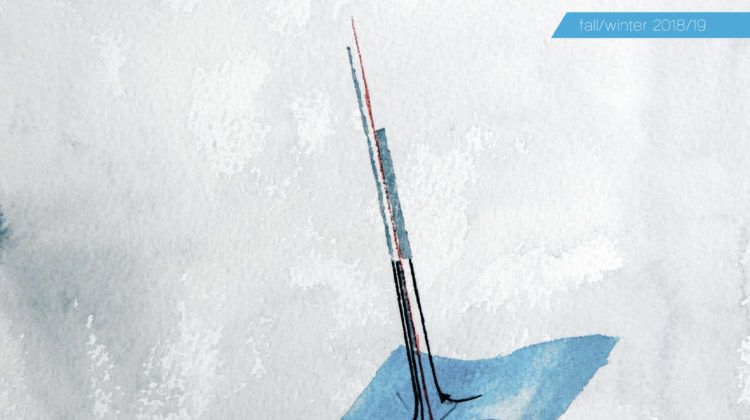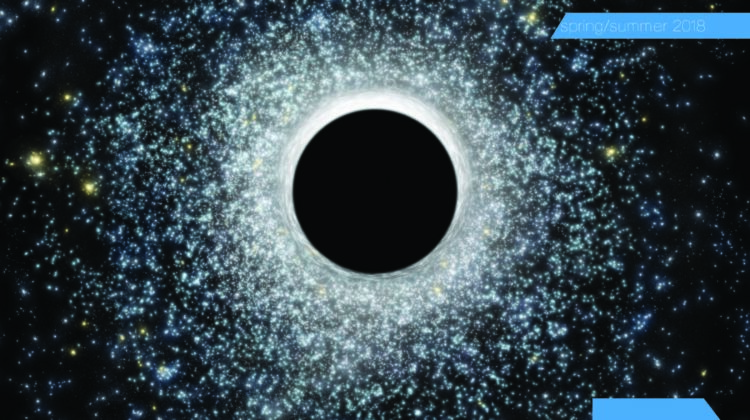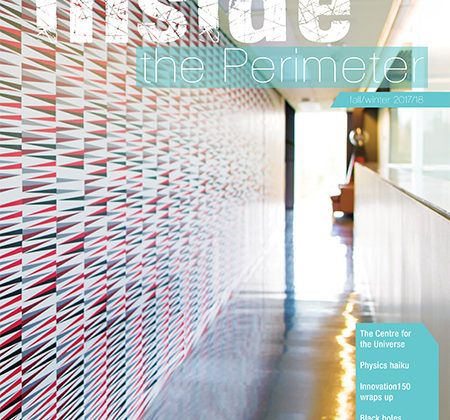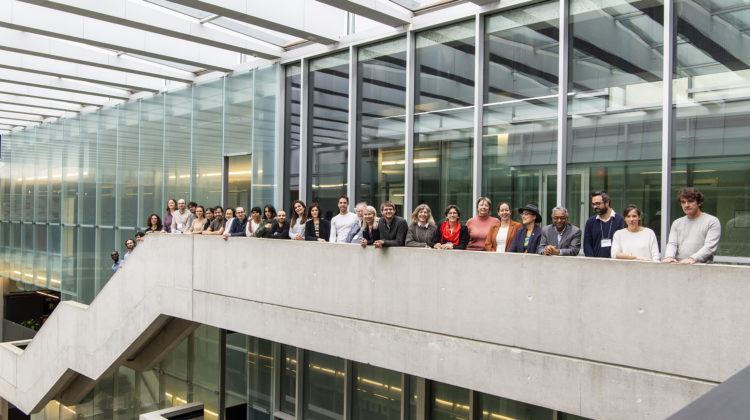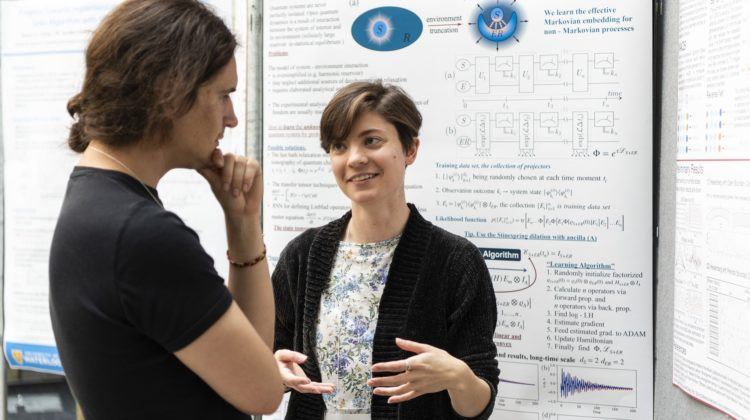Sharing very big ideas about not-so-big experiments
The worlds of theory and experiment collided at Perimeter Institute during a recent conference designed to spark breakthroughs in physics using small-scale experiments.
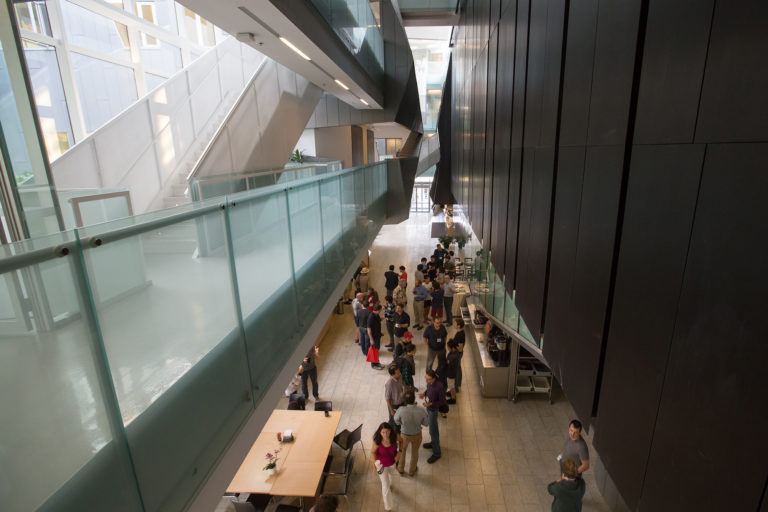
It sounds like the setup to a corny physics joke: What do you get when you invite a bunch of experimentalists to a theoretical physics institute?
The answer, if all goes according to plan, is “a whole lot of new ideas.”
That theory was put to the test during Perimeter’s “Experimental Techniques in Table-Top Fundamental Physics” conference in August, which saw dozens of experimentalists and theorists interact in hopes of generating new ideas to probe the frontiers of their respective fields.
It is part of a broader program that is picking up steam. The past several decades have seen incredible advances in the precision with which small-scale, or “table-top,” experiments (which can range from actual table-top size to the size of a room) can measure certain properties of nature.

These advances, explained Savas Dimopoulos, Archimedes Chair (Visiting) at Perimeter and co-organizer of the conference, are expected to have broad applicability, from particle physics and quantum computing to probing the nature of dark matter.
And there’s a substantial bonus: table-top experiments can help bridge the gap between major experimental efforts, such as the Large Hadron Collider, which often have long timelines and big budgets.
“Most particle physics in the last half-century was done in colliders, and these are typically enormous experiments,” explained Dimopoulos. “The time between colliders is usually three decades, and so the question is: can we learn things in the intervening time? The answer is yes, and small-scale experiments are where the action will be, where the new discoveries will be made for the next two to three decades.”
By bringing together theorists (who have a wealth of ideas to test) with experimentalists (who have the equipment and know-how to do so), the conference organizers hoped to facilitate interactions that will lead to new searches and fresh discoveries.

“The science of theoretical physics – of physics – cannot exist without theory. It also cannot exist without experiments. So the two go hand-in-hand,” said Asimina Arvanitaki, the Stavros Niarchos Foundation Aristarchus Chair in Theoretical Physics at Perimeter Institute, and another co-organizer of the conference.
The realms of experiment and theory, she said, were not always as disparate as they tend to be today. “But as knowledge increases, the amount of things you need to know to do theory well, or to do experiment well, becomes bigger and bigger,” she said. “People became more specialized.”
While specialization has merits, the biggest discoveries tend to come from the unexpected intersections between fields. That’s why the conference organizers ensured specialists had plenty of time to interact with peers outside their specific subfields, with a mutual understanding that no questions are too simple.
“Each of us has to be open to hearing something stupid,” joked Arvanitaki. “This is how you make progress.”
Yannis Semertzidis, Director of the Centre for Axion and Precision Physics Research in Korea, said the most profound similarity between experimentalists and theorists is their mutual thirst for discovery.
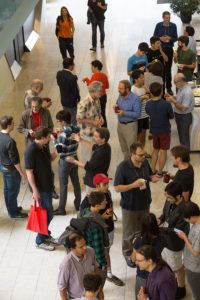
“You see the love of physics pouring out,” he said. “It’s really the enthusiasm that is very important. One technique hits a wall and then we do something else differently. Smart people can’t sit around doing nothing. New techniques come along day after day. It’s very exciting.”
Using table-top experiments for fundamental physics is a relatively new practice, with new questions and ideas emerging at an accelerating pace.
For Dimopoulos, one particularly exciting avenue to investigate is the search for the elusive dark matter believed to make up the majority of the universe. He and Arvanitaki are exploring, for example, whether relatively small and inexpensive experiments could determine whether dark matter may actually be a wave instead of a particle, and whether cutting-edge experiments may be able to detect its signature.
Other experiments, both proposed and under way, are tackling a number of fundamental questions at the heart of physics, such as the perplexing puzzle of why the universe contains more matter than antimatter.
By gathering such a diverse group – both in terms of specialty and geography—the organizers aimed to not only spark progress on these questions, but also to prompt questions no one has yet thought to ask.
“I would like this conference to be a catalyst for interactions that may lead to completely new searches and, down the line, completely new discoveries,” said Dimopoulos.
